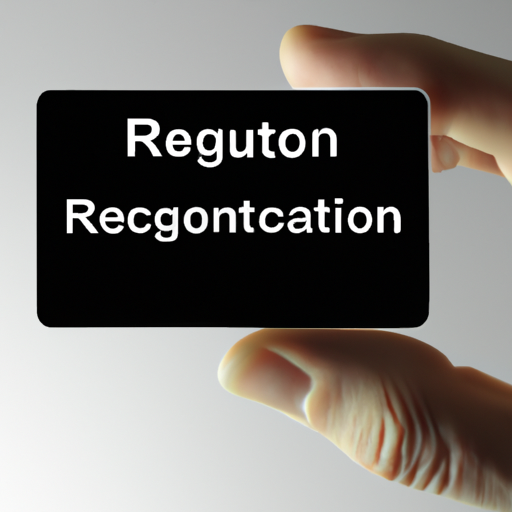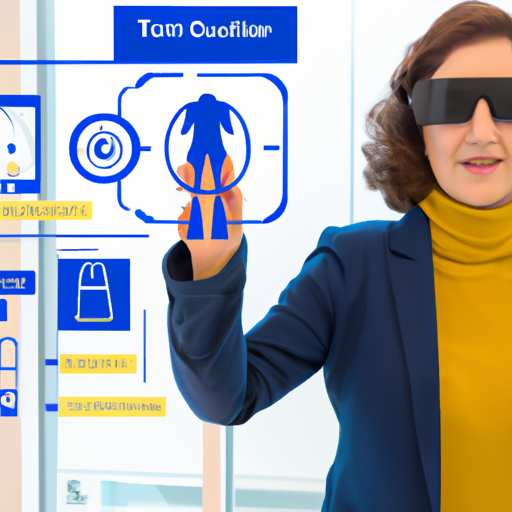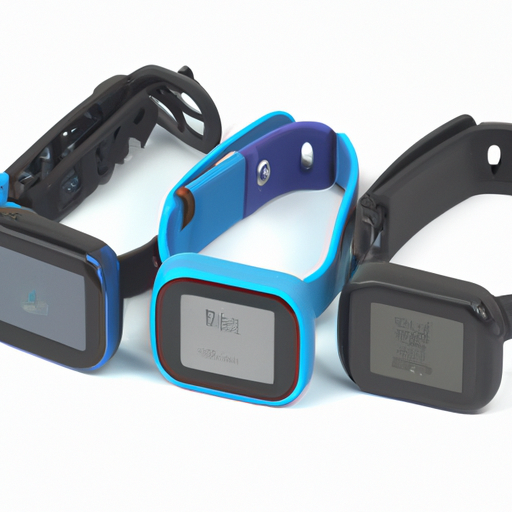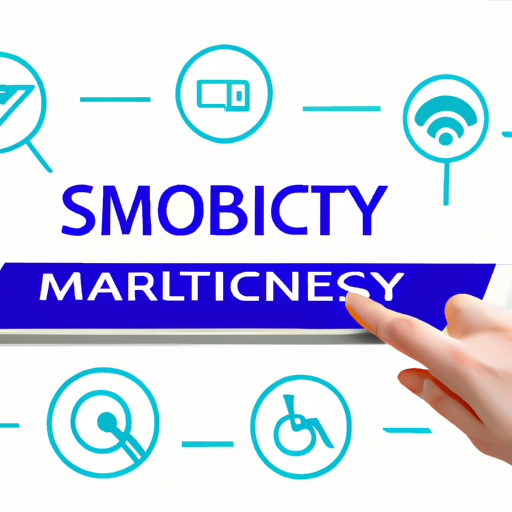Gesture recognition is a revolutionary technology that allows computers to interpret human gestures as input. By utilizing various sensors and machine learning algorithms, gesture recognition transforms physical movements into electronic signals. In this post, we will explore how gesture recognition works, the different types of gesture recognition, and its wide-ranging applications in today’s world.
What is Gesture Recognition?
Gesture recognition is a form of non-verbal communication that interprets human gestures via mathematical algorithms. This technology captures movements of the hands and body using sensors and translates them into commands that a computer or device can execute. It enhances human-computer interaction, making it more intuitive and engaging.
How Does Gesture Recognition Work?
The working of gesture recognition primarily involves:
- Data Capture: Sensors like cameras, accelerometers, or depth sensors collect data about the movements of a user’s hands or body.
- Signal Processing: The raw data is processed to extract relevant features or movements. This often involves filtering noise and identifying significant patterns.
- Machine Learning: Algorithms are trained on captured gesture data to recognize and classify gestures accurately. The more data the system processes, the better it becomes at interpreting gestures.
- Output Execution: Once a gesture is recognized, the system executes the corresponding action, whether that’s clicking a link, playing a video, or navigating a virtual environment.
Types of Gesture Recognition
There are two main types of gesture recognition:
- Contact Gesture Recognition: This involves gestures made on a touchscreen or touchpad, where the system detects finger movements directly on a surface.
- Non-contact Gesture Recognition: This type uses cameras or sensors to detect movements in the air, allowing for hand and body gestures without physical contact.
Applications of Gesture Recognition
Gesture recognition technology has diverse applications, including:
- Gaming: Providing immersive experiences with motion detection, allowing players to control characters with their movements.
- Virtual Reality (VR) and Augmented Reality (AR): Enhancing user interaction within virtual environments via intuitive gesture controls.
- Smart Homes: Enabling users to control devices and appliances with simple hand movements.
- Healthcare: Facilitating touchless controls in hospitals, promoting hygiene and safety.
- Automotive: Allowing drivers to interact with navigation and entertainment systems without taking their hands off the wheel.
Conclusion
Gesture recognition technology is advancing rapidly and reshaping how we interact with devices. As research continues to evolve, we can expect even more sophisticated applications that will enhance user experience across various industries. Whether you’re a tech enthusiast or a developer looking to integrate gesture recognition into your projects, the potential is limitless.
Stay connected for more insights into cutting-edge technologies!




